Olympus SP-560UZ Review
Olympus SP-560UZ
Choosing a new super-zoom camera just got even harder.
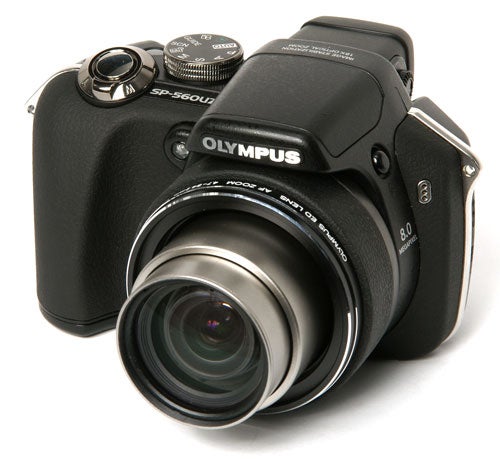
Verdict
Key Specifications
- Review Price: £240.00
Back in March of this year I reviewed the 18x zoom, 7.1 megapixel Olympus SP-550UZ. While I was impressed by its design and huge list of features, I was less impressed by its image quality, especially considering its hefty £320 price tag. I guess I wasn’t alone in my opinion, because in October Olympus launched this, the 8.1-megapixel SP-560UZ, a more powerful and even more ambitious take on the compact super-zoom concept, which features several important improvements over the earlier model, and a big improvement in the price. The SP-560UZ is already available for around £240.
High-end super-zoom cameras are something of an Olympus speciality, but the SP-560UZ is not without some strong competition. The most obvious is the superb Canon S5 IS (£217), although that only has a 12x zoom lens. In the 18x zoom category, it is up against two very impressive cameras, the Panasonic FZ-18 (£243) and the Fuji S8000fd (£187). 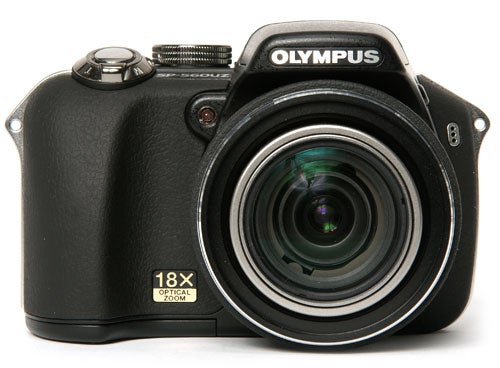
The SP-560UZ shares the same bodyshell as the 550, which is fine with me because it’s a lovely design. It measures 116 x 78.5 x 78 mm and weighs 365g, which makes it smaller but heavier than the FZ-18, and larger but lighter than the S8000fd, although by fairly narrow margins in both cases. Although physically compact, the well-shaped wrap-around handgrip and the textured rubber that covers most of the camera’s body makes it extremely comfortable and secure to hold. The black crackle finish that covers the rest of the body looks much better than the shiny grey plastic of the 550, appearing more restrained yet more professional. The body is plastic, but the curvy shape makes it inherently strong, and the metal strip running up the seams on both sides of the body, and incorporating the strap lugs, provides additional protection. While the lens barrel is plastic, and rather precarious-looking when fully extended, the housing into which it retracts when not in use is made of metal, so it is well protected. The card and battery hatches have plastic hinges, but they are reasonably sturdy, and the battery hatch has a locking latch.
The control layout is also exactly the same as the SP-550UZ, which is to say, very good. The 560 is a very complex camera, but the external controls are fairly straightforward and well laid out, although the positioning of the D-pad right up against the monitor surround makes menu navigation a bit awkward for anyone with large thumbs. I usually have a bit of a winge about the Olympus menu system, but in fact in this case it actually works reasonably well. As I said, the 560 is very complex, so separating the top level of the menu into several sub-categories – image quality, setup, camera menu, scene mode etc. – makes a certain amount of sense. However I’m not sure why silent mode needs to be on the top level of the menu, and I’m pretty sure having a reset option on the top level is a terrible idea.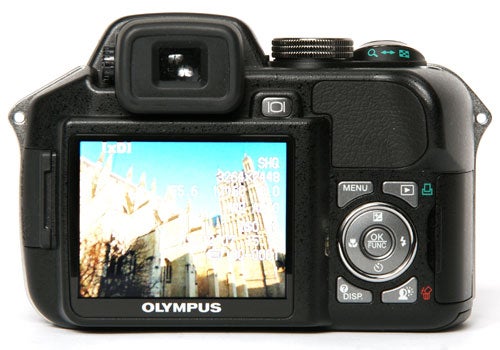
The main shooting modes are selected via the usual dial on the top panel. Options include full auto, program auto, aperture and shutter priority and full manual exposure. The range of exposure values posted in the spec sheet on the official Olympus website is apparently inaccurate, because the fastest available shutter speed appears to be 1/1000th of a second, not 1/2000th as advertised, and the slowest is 15 seconds, not 4 seconds. There is also a “B” mode, where the shutter stays open as long as the button is held down, with a count-up timer on the monitor screen. As well as these basic modes, there is a scene mode option, with 25 special programs, including a useful pre-focus setting for instantly capturing fast-moving objects. The beginner-friendly Guide mode that features on a number of Olympus compacts is also present, although it would be an ambitious beginner who buys this camera.
Delving into the menus reveals the true versatility of the SP-560UZ. The most obvious sign that this is a more serious camera than the SP-550UZ is the inclusion of a RAW mode, with the option for RAW+JPEG shooting, a feature that will please a lot of photography enthusiasts. This is a feature also found on the Panasonic FZ-18, but not on the Fuji S8000fd. The camera settings menu runs to five screens, and includes useful creative options such adjustable white balance, saturation, contrast and sharpness, the option to turn off noise reduction, multiple focusing modes including full-time AF, predictive AF and a moveable-area AF setting, and a well-implemented manual focus option. Flash syncro can be set to first or second curtain, and the built-in pop-up flash also has a slave mode, in which it fires a single instant low-power flash useful for triggering external slave flash units.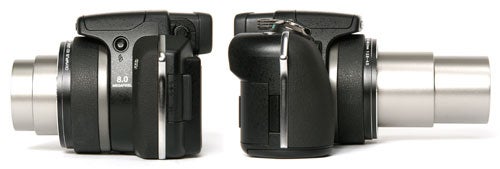
The list of options doesn’t stop at the shooting menu. In playback too mode there are plenty of things to play with, including colour filters, label overlays, page layouts, frames, calendar templates, a fun facial expression morphing program, and an option to blur out the background of portrait shots. There are also more usual functions, such as automatic red-eye and lighting fixes, as well as cropping and re-sizing.
Of course the main selling point of the SP-560UZ is its enormous image stabilised lens. It has a focal length range equivalent to 27-486mm, the same range as the Fuji S8000fd. This is a change from the 28-504mm range of the SP-550UZ, due I suspect to the 560 sporting a slightly larger 1/2.3-inch CCD, thus altering the apparent magnification. It’s not a huge difference, but the slight advantage at the wide angle end might be enough to attract landscape photographers. The moving-sensor image stabilisation system is very good, just as it was for the SP-550UZ. I was able to take passably sharp shots hand-held at maximum zoom at shutter speeds as low as 1/20th of a second, although they were not as sharp as similar shots taken using a tripod.
The SP-560UZ’s overall performance is also similar to the 550. It starts up in just under three seconds, and takes about the same to shut down again, which is identical to the S8000fd but a bit slower than the FZ-18. Focusing is quick and reliable in good light, and the iESP auto focus system is very good at picking the right subject. However it does slow down significantly in lower light, although its low-light focusing ability is very good, achieving focus fairly reliably in a candle-lit room. The AF assist lamp has a range of approximately three metres in darkness.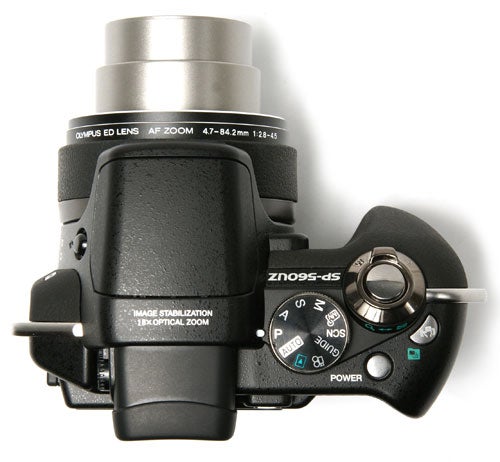
The shot-to-shot time in single-shot mode is two seconds, but in continuous shooting mode the performance is more complicated, since it depends heavily on the type of memory card used. There are two types of xD Picture card available, Type M and Type H. The Type H cards are much faster, and installing one has a dramatic effect on the camera’s performance. Using the slower Type M card, in standard continuous mode it can manage to shoot seven frames at 1.2 frames per second, but using the faster Type H cards it can shoot 19 frames at 1.25 frames per second. Similarly in the 3MP-only High Speed mode, using Type M cards allows 23 frames at an impressive 7fps, while with the Type H card this becomes an even more impressive 49 frames at 8fps. There is an even faster High Speed mode offering 15fps, but only at 1.2MP resolution. Video mode performance is up to standard with 30fps at VGA resolution. Interestingly the zoom lens can be used while shooting video, but only if sound recording is turned off.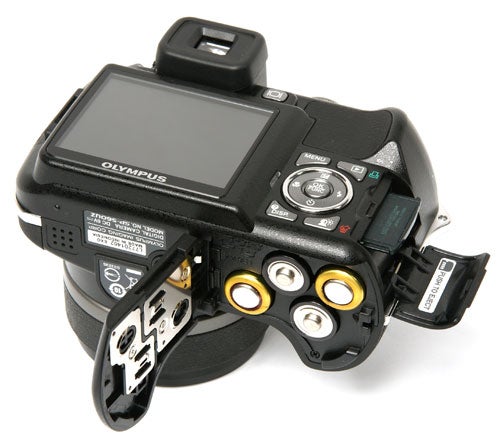
I was, as I’ve said, a bit disappointed with the picture quality of the SP-550UZ, so I’m happy to report that there has been a big improvement in this area for the new model. The lens seems to suit the new larger sensor better than before, and both the barrel distortion at the wide angle end and the pincushion distortion at telephoto are reduced. Corner sharpness is also much improved, and there is less chromatic aberration. The level of detail is extremely good, and directly comparing identical shots from the S8000fd and FZ-18 shows a distinct advantage in favour of the Olympus. It does exhibit a slight tendency to over-expose some shots, losing some highlight detail, but the dynamic range of the sensor and image processor is very good, with excellent shadow detail. Noise control is very good at lower ISO settings, although like most small-sensor 8MP cameras, it does degrade fairly quickly above 200 ISO, and the maximum 6400 ISO setting resembles a low-quality webcam, and is best avoided. The SHQ JPEG files are a bit over-compressed at around 3MB, but this can be side-stepped by using the RAW mode. I really don’t envy anyone who has to decide between the SP-560UZ and its main rivals, but if you choose this camera you won’t be disappointed.
”’Verdict”’
The Olympus SP-560UZ is an extremely accomplished camera, and more than makes up for its slightly disappointing predecessor. Outstanding design and handling, good performance and a huge degree of versatility make it a superb tool for the keen hobbyist. Image quality is at least as good as its main rivals, and the inclusion of RAW mode means that you can get the best from your photos. If you weren’t already stumped trying to decide between a Fuji S8000fd and a Panasonic FZ-18, now your decision is even harder.
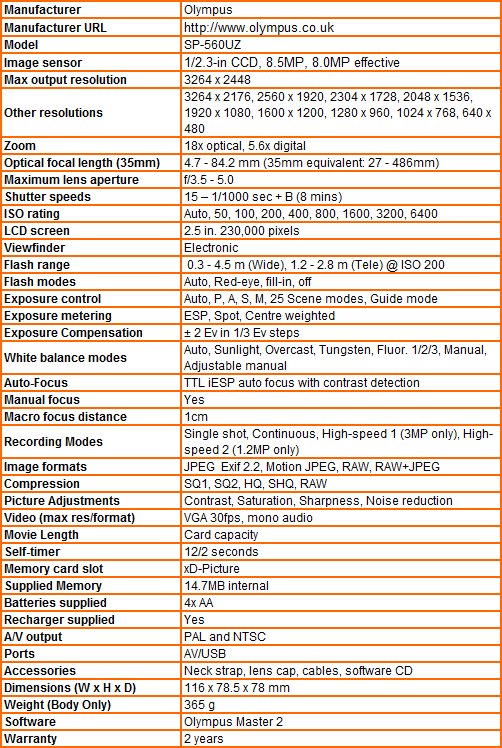
”Over the next few pages we show a range of test shots. On this page the full size image at the minimum and maximum ISO settings have been reduced to let you see the full image, and a series of full resolution crops have taken from original images at a range of ISO settings to show the overall image quality.”
—-
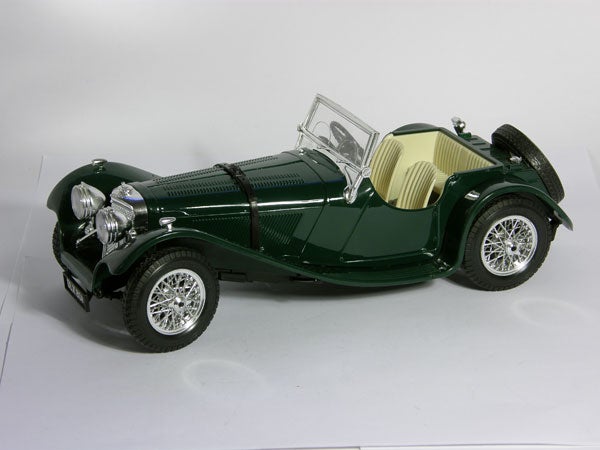
This is the full frame at 50 ISO.
—-
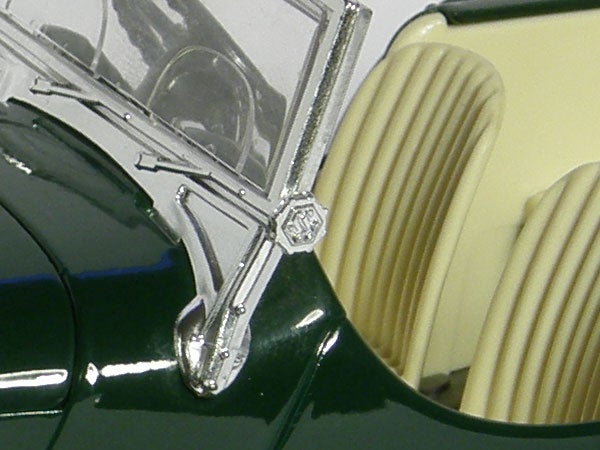
At the minimum 50 ISO setting, the image quality is extremely good. That blue line is a reflection.
—-
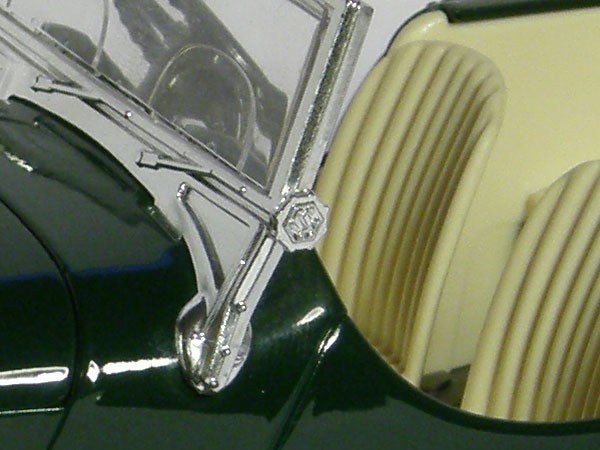
Still very high quality at 100 ISO.
—-
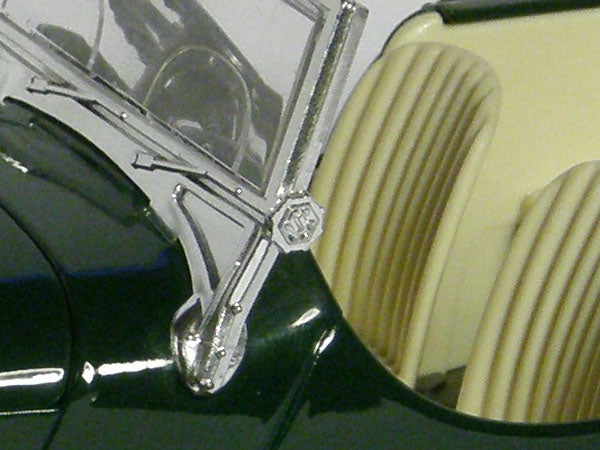
At 200 ISO however there is visible noise in the darker areas of the shot.
—-
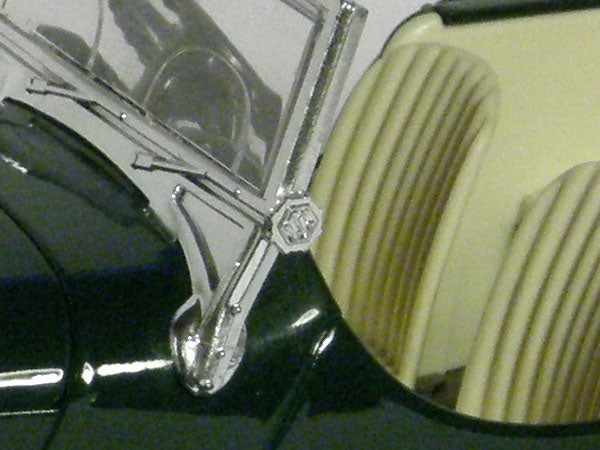
Noise is a bit worse at 400 ISO, with reduced detail and contrast.
—-
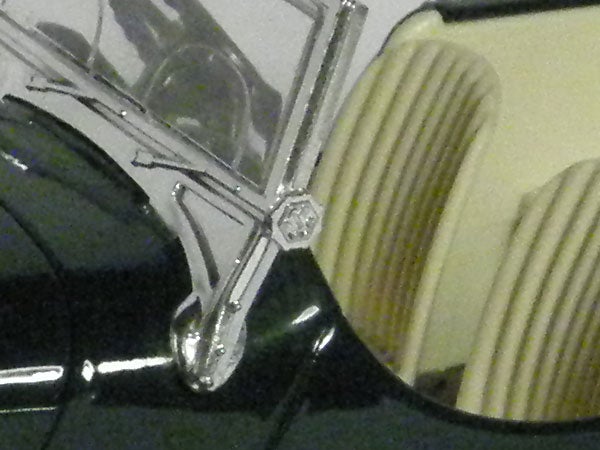
At 800 ISO the colour rendition is affected and image quality is lowered significantly.
—-
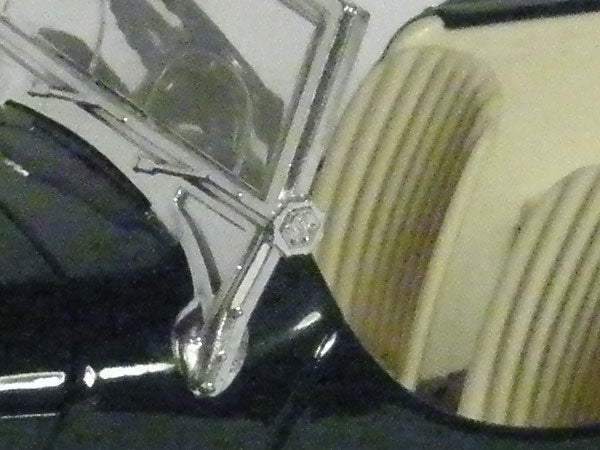
Most fine detail has been lost at 1600 ISO, and colour is badly affected.
—-
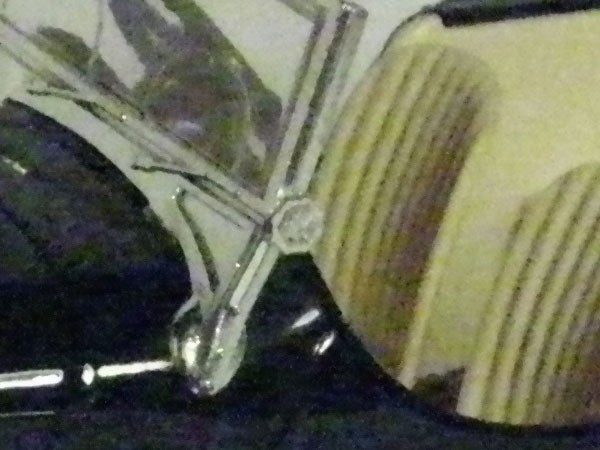
3200 ISO is pretty much unusable.
—-
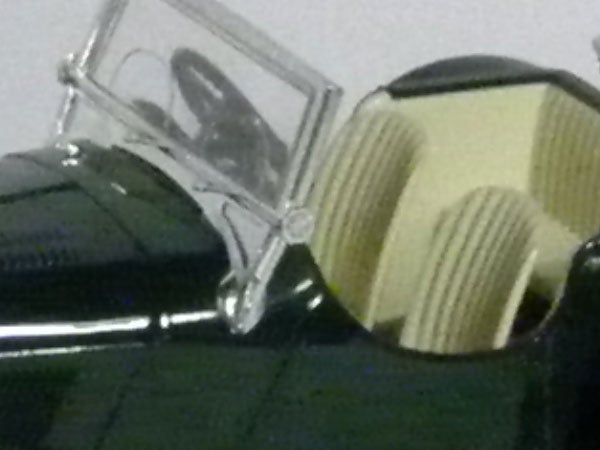
The maximum 6400 ISO setting is a virtually useless gimmick.
—-
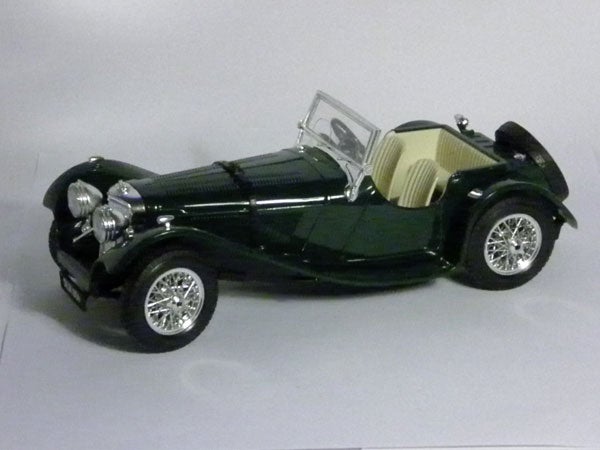
This is the full frame at 6400 ISO.
—-
”A range of general test shots are shown over the next two pages. In some cases, the full size image has been reduced for bandwidth purposes, and a crop taken from the original full resolution image has been placed below it to show the overall image quality. Some other pictures may be clicked to view the original full-size image.”
—-
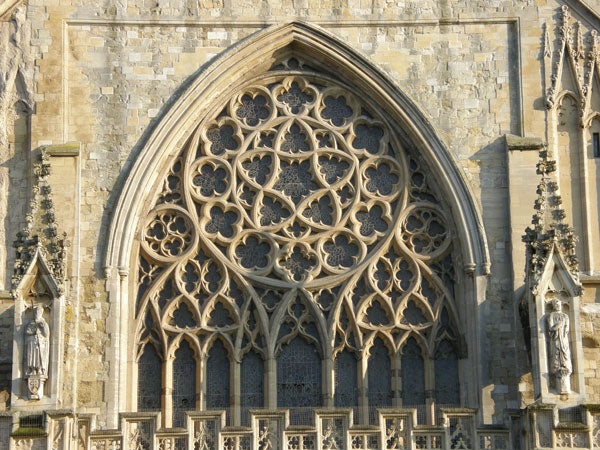
Here’s my usual detail test shot of the West Window of Exeter Cathedral, for you to compare with other cameras. See below for a full res crop, or click to see the whole picture.
—-
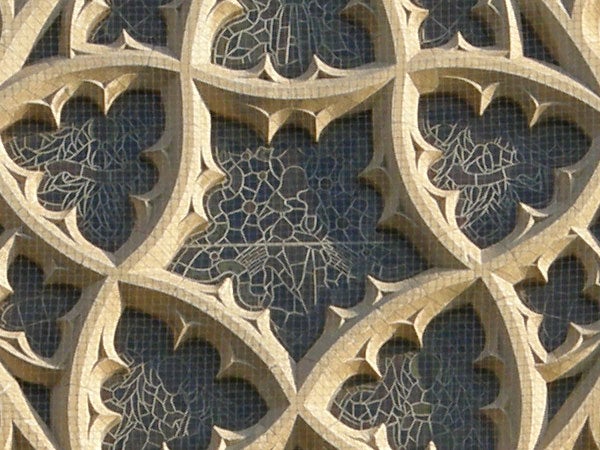
Compare this with the results from the Fuji S8000fd and Panasonic FZ-18.
—-

The level of barrel distortion at wide angle is quite a bit lower than the SP-550UZ.
—-
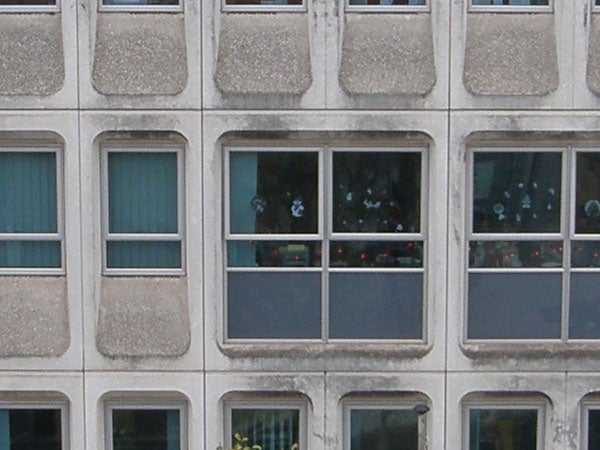
Centre sharpness is excellent.
—-
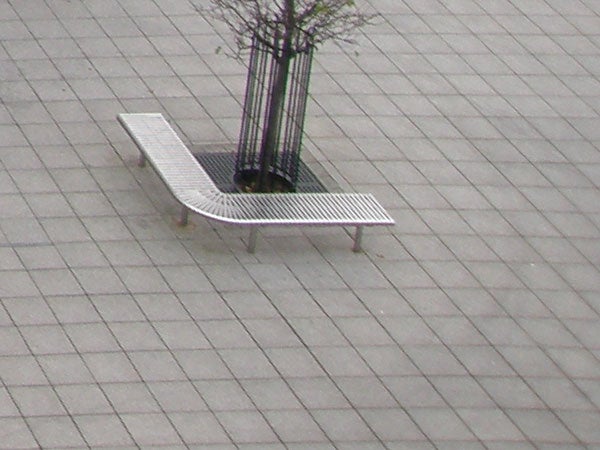
Corner sharpness is also much improved over the earlier model.
—-
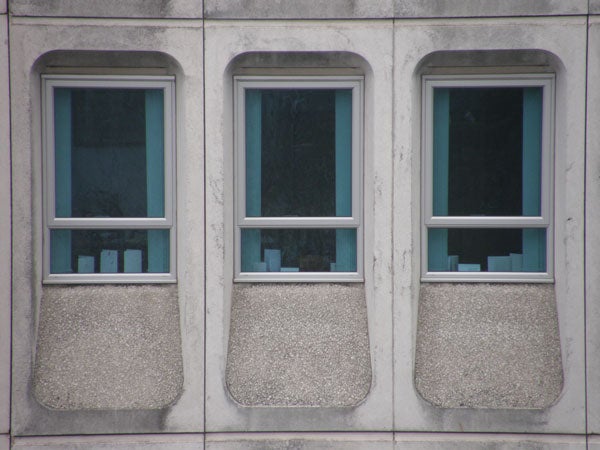
There is still some pincushion distortion at the telephoto end, but not quite as bad as the 550UZ.
—-
”A range of general test shots are shown over the next two pages. In some cases, the full size image has been reduced for bandwidth purposes, and a crop taken from the original full resolution image has been placed below it to show the overall image quality. Some other pictures may be clicked to view the original full-size image.”
—-

The 27mm-equivalent wide-angle end of the zoom is wider than most other compacts, and is great for panoramic scenes.
—-
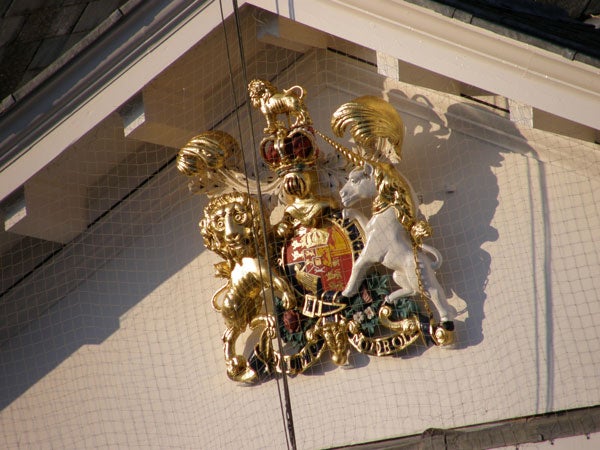
The massive 18x zoom lens is great for picking out details from a distance. This was shot hand-held.
—-
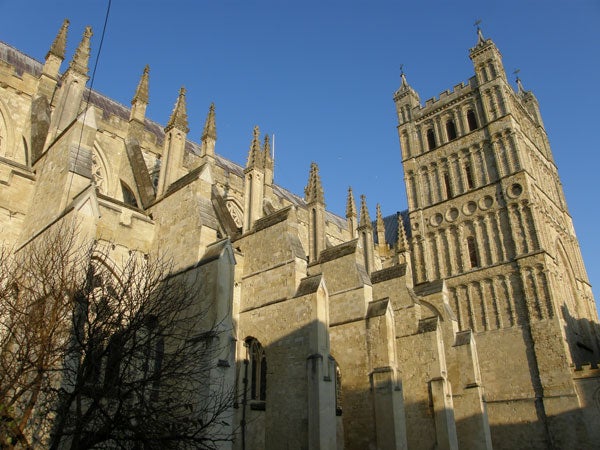
Colour reproduction is excellent, but then it nearly always is.
—-

You don’t get much more contrast than this.
—-
Trusted Score
Score in detail
-
Value 8
-
Image Quality 8
Features
| Camera type | Super Zoom |
| Megapixels (Megapixel) | 8 Megapixel |
| Optical Zoom (Times) | 18x |
| Image Sensor | CCD |
| Image Stabilisation | Electronic, Optical |
| LCD Monitor | 2.5 in |
| Flash modes | Auto Flash, Red-eye Reduction |
| Video (max res/format) | 640 x 480 |
| Memory card slot | xD-Picture Card |

